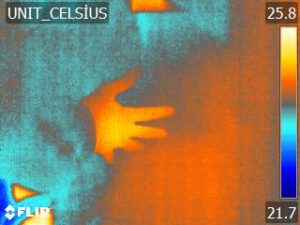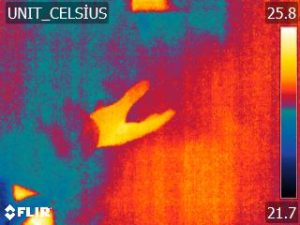When non-equilibrium, low-temperature plasmas and catalysts interact, they can exhibit
synergistic behavior that enhances the chemical activity above what is possible with either process alone. Unlike thermal catalysis, in plasma-assisted catalysis the non-equilibrium state of the plasma produces reactive intermediates, such as excited species, that may play an important role in the catalytic process. There are two primary plasma-surface mechanisms that could produce this synergy: the effect of the plasma on the catalyst (e.g., enhanced adsorption / reaction of plasma activated species, change of surface structure / morphology, hot spots, etc.) and the effect of the catalyst on the plasma state. This work focuses on the latter. We use a laboratory-scale, packed bed, dielectric barrier discharge (DBD) reactor to observe the influence of multiple alumina (Al2O3) supported, transition metal ammonia (NH3) synthesis catalysts on the plasma electrical and optical properties. We find that while the rates of ammonia synthesis over the materials considered, including Fe/Al2O3, Ni/Al2O3, and Co/Al2O3, are different, the macroscopic properties of the DBD are statistically indistinguishable. These results support the argument that the observed synergy in our catalysis experiments is not due to the catalyst modifying the characteristics of the plasma itself, but rather arises from differences in how the plasma environment and plasma-generated species modify chemistry at the catalyst surface, although the specific mechanism is still an outstanding question.
You can reach the paper via this link: Journal of Physics D: Applied Physics, Volume 52, Number 22
Continue reading “The impact of transition metal catalysts on macroscopic dielectric barrier discharge (DBD) characteristics in an ammonia synthesis plasma catalysis reactor”









Recent Comments